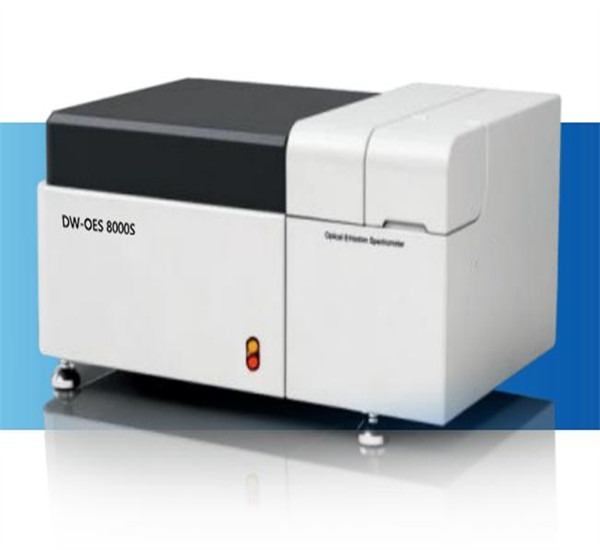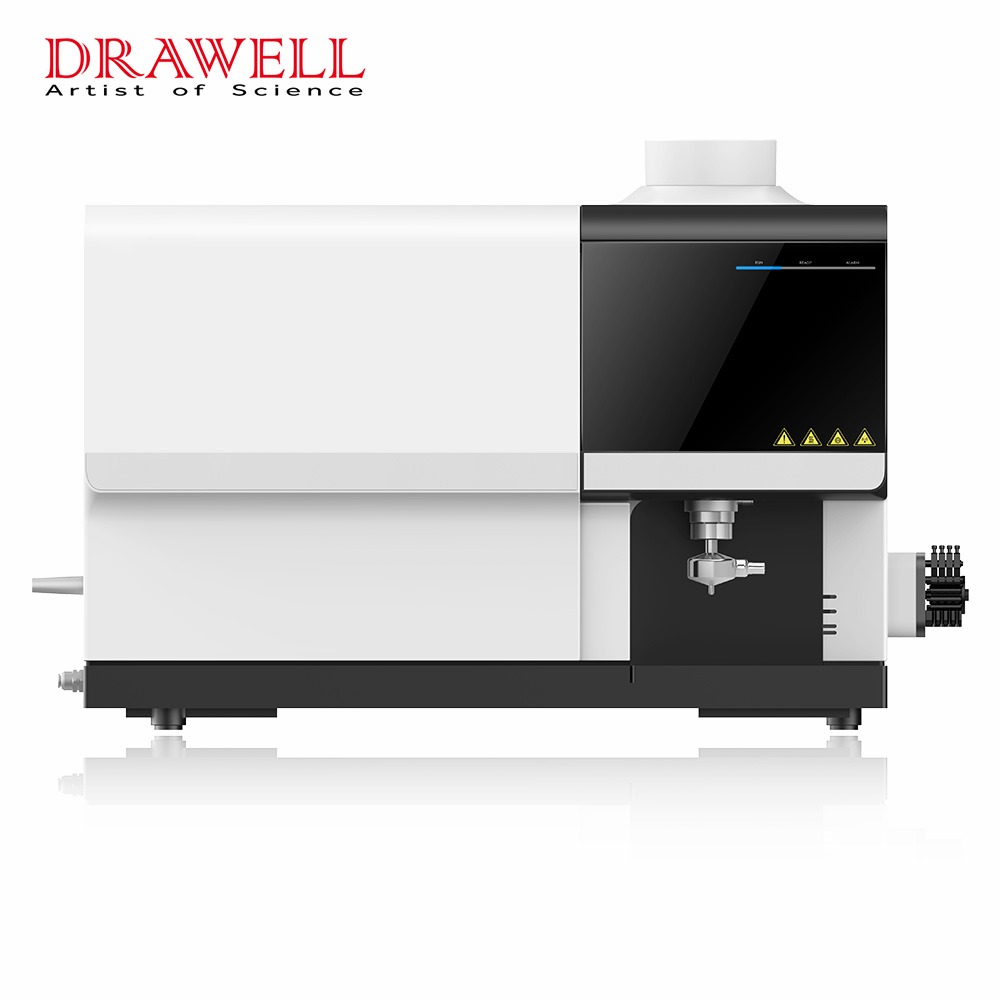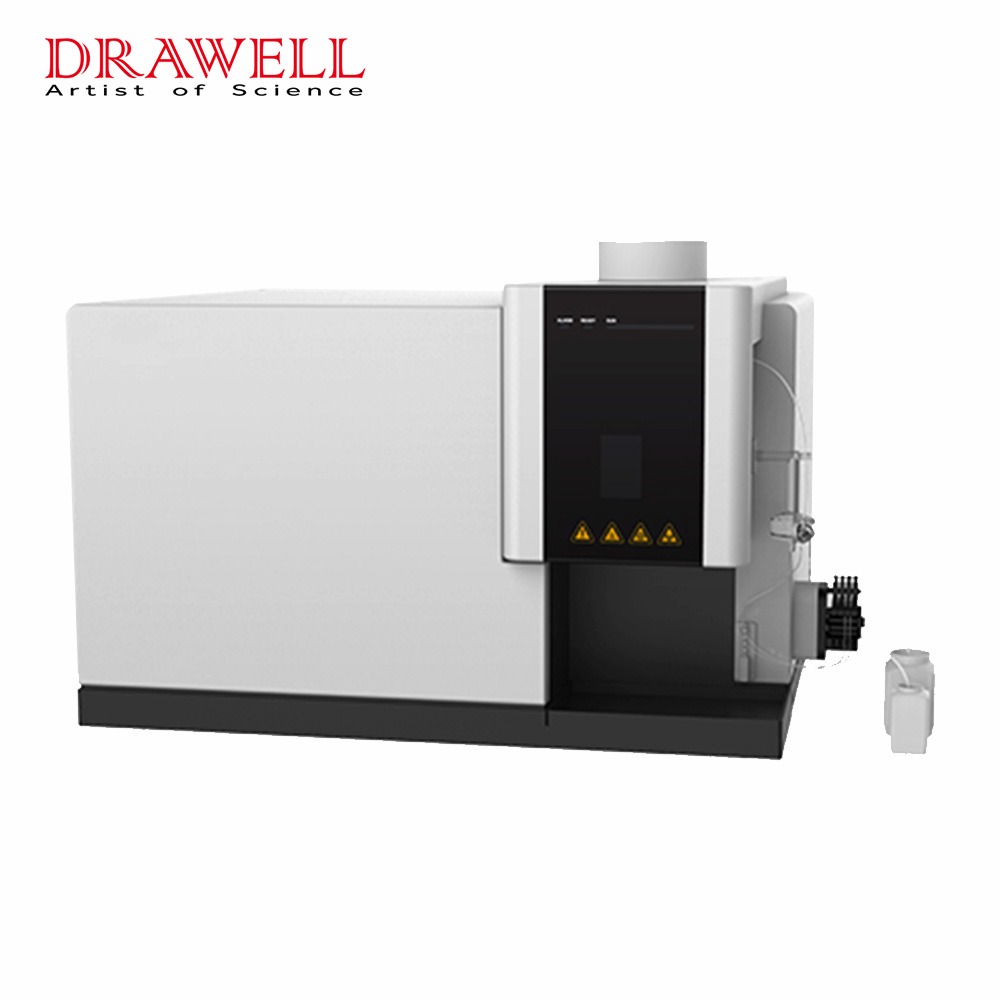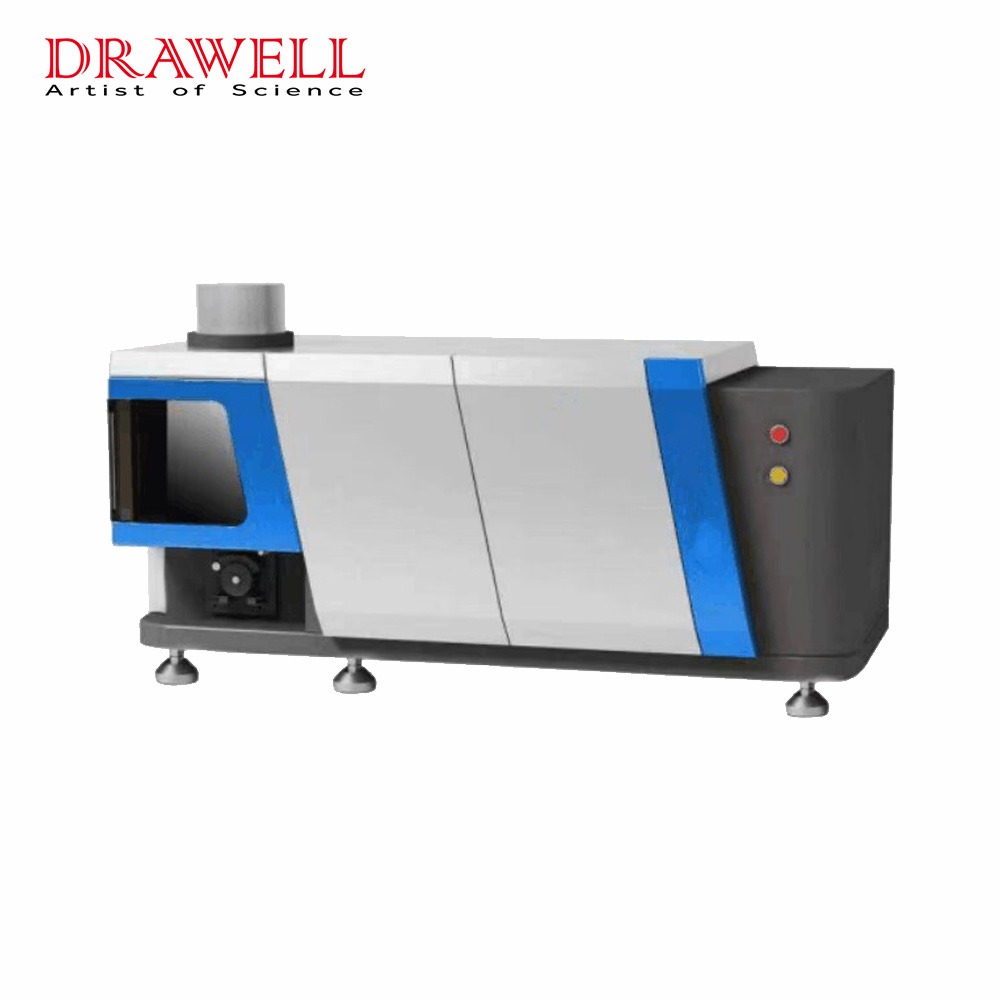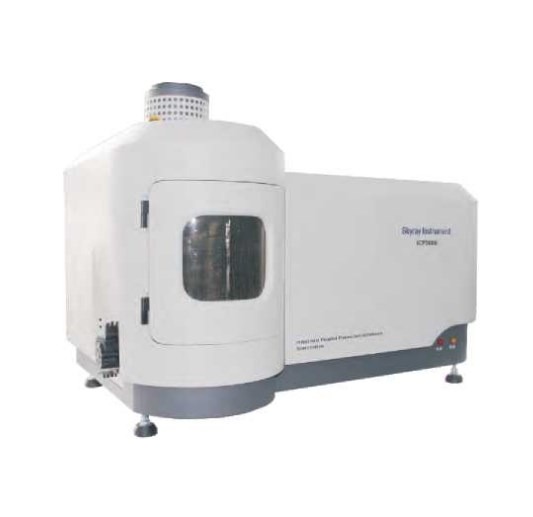In the realm of analytical chemistry, the selection of the appropriate technique can significantly impact the accuracy and efficiency of elemental analysis. Two widely utilized methods for this purpose are ICP-OES (Inductively Coupled Plasma Optical Emission Spectrometer) and ICP-AES (Inductively Coupled Plasma Atomic Emission Spectrometer). In this article, we will delve into the differences, advantages, and applications of ICP-OES and ICP-AES to help you make an informed choice for your specific analytical needs.
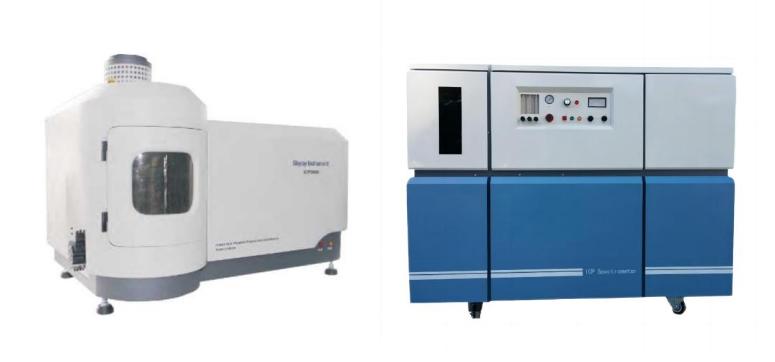
What is ICP-OES and ICP-AES?
ICP-OES: Unveiling the Power of Light Emission
ICP-OES, or Inductively Coupled Plasma Optical Emission Spectrometry, operates on the principle of utilizing the characteristic wavelengths of light emitted by excited atoms to determine the concentration of elements within a sample. The heart of this technique is a high-temperature plasma that atomizes and excites the sample. As these excited atoms return to their ground state, they emit light at specific wavelengths, which is then analyzed to quantify the elements present.
One of the remarkable advantages of ICP-OES is its ability to cover a broad wavelength range, typically spanning from 165 nm to 800 nm or even wider. This wide range enables the simultaneous analysis of multiple elements in a single run, making it a valuable tool in various fields, including environmental monitoring, geology, and biology.
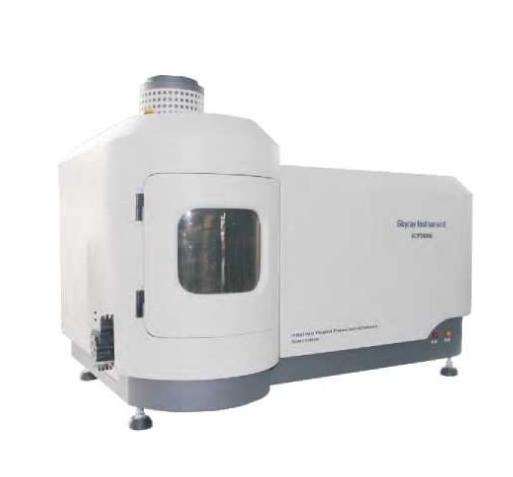
ICP-AES: Unraveling Elemental Concentrations through Emission Intensity
ICP-AES, or Inductively Coupled Plasma Atomic Emission Spectrometry, also employs a high-temperature plasma but relies on a different principle. Instead of analyzing emission wavelengths, ICP-AES measures elemental concentrations based on the intensity of atomic emission lines. Similar to ICP-OES, the sample is atomized and excited within the plasma, and the intensity of the emitted light is directly proportional to the concentration of the element under analysis.
While ICP-AES offers precise quantitative analysis, it operates within a narrower wavelength range compared to ICP-OES. To analyze multiple elements, specific wavelengths must be selected for each element of interest, often requiring sequential measurements.
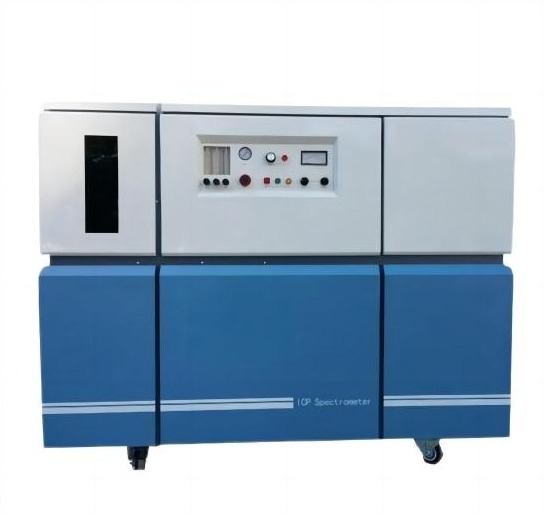
Differences Between ICP-OES and ICP-AES
1. Detection Limits of ICP-OES vs. ICP-AES
ICP-OES generally boasts lower detection limits compared to ICP-AES. This means that ICP-OES can detect trace elements at lower concentrations, making it the preferred choice when ultra-trace analysis is essential.
2. Matrix Effects of ICP-OES vs. ICP-AES
ICP-OES is less susceptible to matrix effects, which are interferences caused by the sample’s chemical composition. It exhibits greater robustness when analyzing complex samples, such as those encountered in environmental and biological applications.
ICP-AES, on the other hand, can be more sensitive to matrix effects. To mitigate interferences, matrix-matching or additional sample preparation steps may be necessary, making it better suited for applications where high precision and accuracy are paramount.
3. Sample Introduction of ICP-OES vs. ICP-AES
Both techniques require samples to be in liquid form. However, they differ in their sample introduction systems. ICP-OES commonly employs a nebulizer and spray chamber, while ICP-AES often uses a concentric nebulizer. These differences can affect the efficiency of sample introduction and atomization.
4. Applications of ICP-OES vs. ICP-AES
ICP-OES is frequently the method of choice for trace element analysis due to its lower detection limits. It excels in applications such as environmental monitoring, geological studies, and biological research where a wide range of elements needs to be analyzed simultaneously.
ICP-AES is favored in applications where high precision and accuracy are essential. It is commonly used for the analysis of metals in alloys, quality control in industrial processes, and in laboratories requiring rigorous adherence to standards.

When to Choosing the Right Technique Between ICP-OES and ICP-AES?
The selection between ICP-OES and ICP-AES ultimately depends on the specific analytical requirements and the nature of the samples being analyzed.
ICP-OES is your go-to choice when:
- You need to detect trace elements at low concentrations.
- Simultaneous analysis of multiple elements is crucial.
- Sample matrices are complex and prone to interference.
- Your applications involve environmental, geological, or biological research.
ICP-AES is the preferred option when:
- High precision and accuracy are paramount.
- Matrix effects can be controlled through sample preparation.
- Sequential measurements for individual elements are acceptable.
- You are analyzing metals in alloys or performing industrial quality control.
Conclusion
ICP-OES and ICP-AES are formidable tools in the field of analytical chemistry, each with its own strengths and specialties. Understanding their principles, detection limits, susceptibility to matrix effects, and typical applications is crucial for choosing the right technique to meet your specific analytical needs. Whether you are unraveling the mysteries of trace elements in the environment or ensuring the quality of industrial processes, ICP-OES and ICP-AES are at your disposal, offering the power to unlock the secrets of elemental analysis.

